It’s been a while coming, but here is the summary of our sailing adventures for 2018. It even includes a pie chart!
Where and How Far

Full details of our journey can be found by scrolling through the 2018 routes and blogs here.
We departed Roccella Ionica in Calabria, Italy on the 5th May and arrived in Marina di Ragusa, Sicily on the 3rd of October. This gives a total of 151 nights between winter marinas.
The distance travelled was:
- 1745nm
- of which 536nm were sailed (engine off, we don’t record motor sailed hours separately from motoring hours).
- That’s a 30% sail to motor ratio. It isn’t great, but is better than last year.
We clocked up 246 engine hours with a lot of short journeys and up in the north we had many light wind days. As we don’t have a light wind sail, we have to motor if we want to get places.
Our route took us firstly along the north coast of Sicily, an area where we’d expected to have difficulty finding places to anchor for free. But fortunately we were pleasantly surprised. The weather played kind with light winds. This resulted in there being no unpleasant swell to deal with. Highlights were Cefalu and Palermo.

Passage To Sardinia
Our passage across to the south east corner Sardinia was one of our best yet. So much so, we declared it our “best long passage in the Med” with 144 out of 192nm sailed. Winds were perfect and dolphins kept us company.
We landed in Sardinia at Cabo Carbonara, where we stayed for well over a week as we recovered from the passage and a dose of lurgy. This allowed us to enjoyed the beautiful beaches in the area. We also needed to wait for decent winds to move on north as there were some long passages to make with few places to find good shelter.

East Coast Sardinia
Our first stop up the Sardinian east coast was Arbatax where we took advantage of the low season rates in the marina to escape what would have been a swelly night at anchor. The swell eased off enough to allow us to spend a night at anchor off Cala Luna. This is a popular and busy beach in the daytime but deserted once the trip boats depart around 6pm. We were able to take a dinghy ride to visit the nearby Bue Marino Caves.
Next stop was the Gulf of Orosei. There we found plenty of anchorages to choose from but encountered the blight of this north east coastline – private developments that line the shore and limit access.
Some time on the town quay in Olbia allowed us to hire a car and head inland for a couple of days, visiting ancient nuraghi sites and the Gorrupu gorge. The inland scenery is very varied and would be worth a longer explore.
We enjoyed Golfo di Aranci but otherwise the Costa Smeralda was rather meh. This was due to too many big boats with rude crew whizzing around on their tenders, coupled with poor shore access. Hence we found it rather dull and as far as I’m concerned, the rich and famous can keep it.
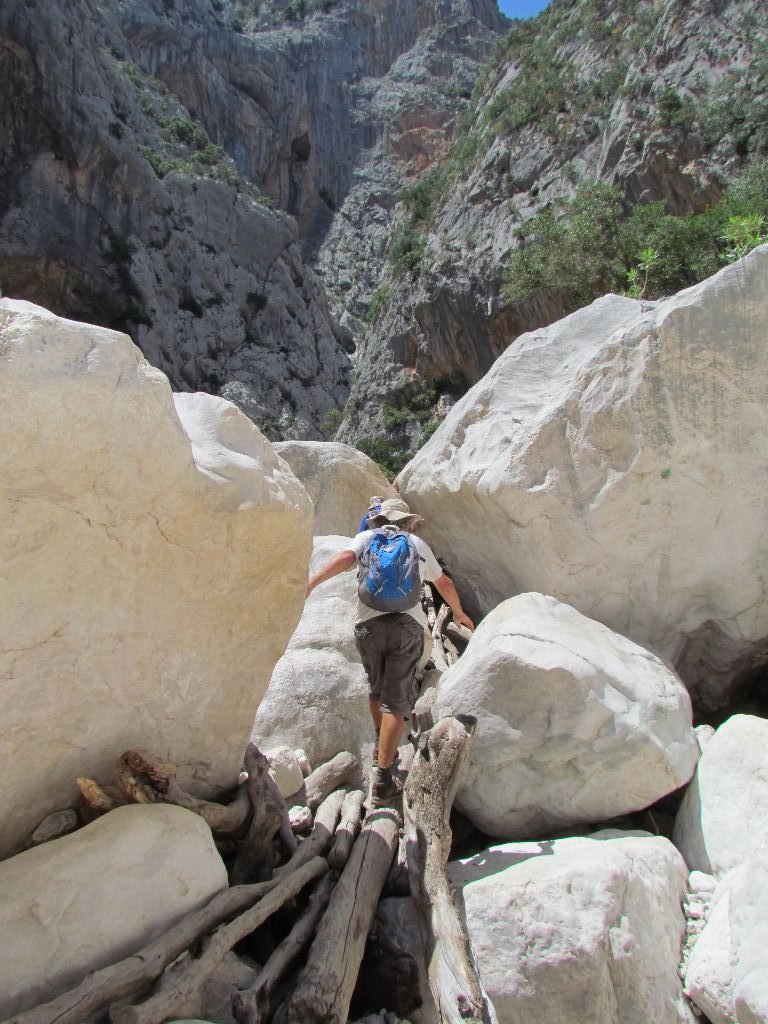





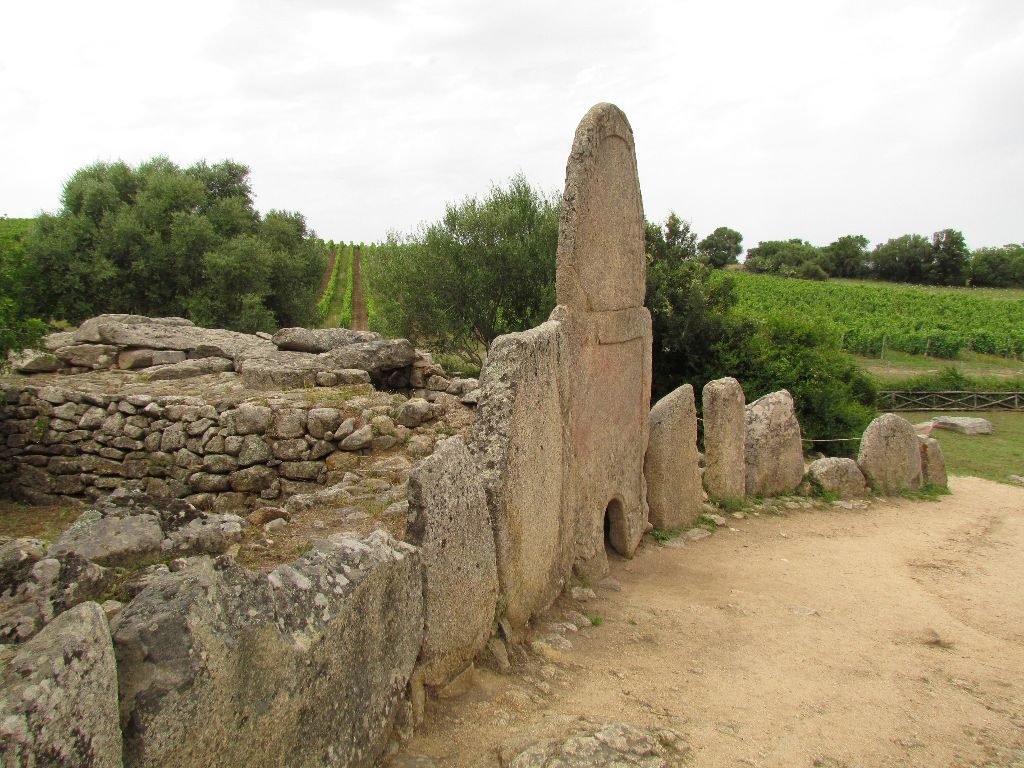

Maddalena Islands
Compared to the Costa Smeralda, the Maddalena islands were a welcome delight. Even the fee of €57 for a week’s visit was a reasonable price to pay. The fee included all anchorages as well as staying on mooring buoys. We had a wonderful week of hikes to explore the islands’ history and swimming in the electric blue water.





Corsica
Heading north, a short, wind-less Bonifacio Strait crossing took us across to Corsica where we made our way to Porto Vecchio. Consequently it became a staging point for the next few weeks. We found an excellent spot to anchor in the south west of the bay, snuggled in among some moored boats. This meant we felt comfortable leaving Emerald while we hired a car for a few days of inland adventuring. We also spent Bastille Day there, enjoying huge fireworks displays and live bands. It became where we saw our first Pink Floyd tribute of the summer. Oh and how could I forget swimming with a horse, pig scratching and throwing myself down waterfalls.




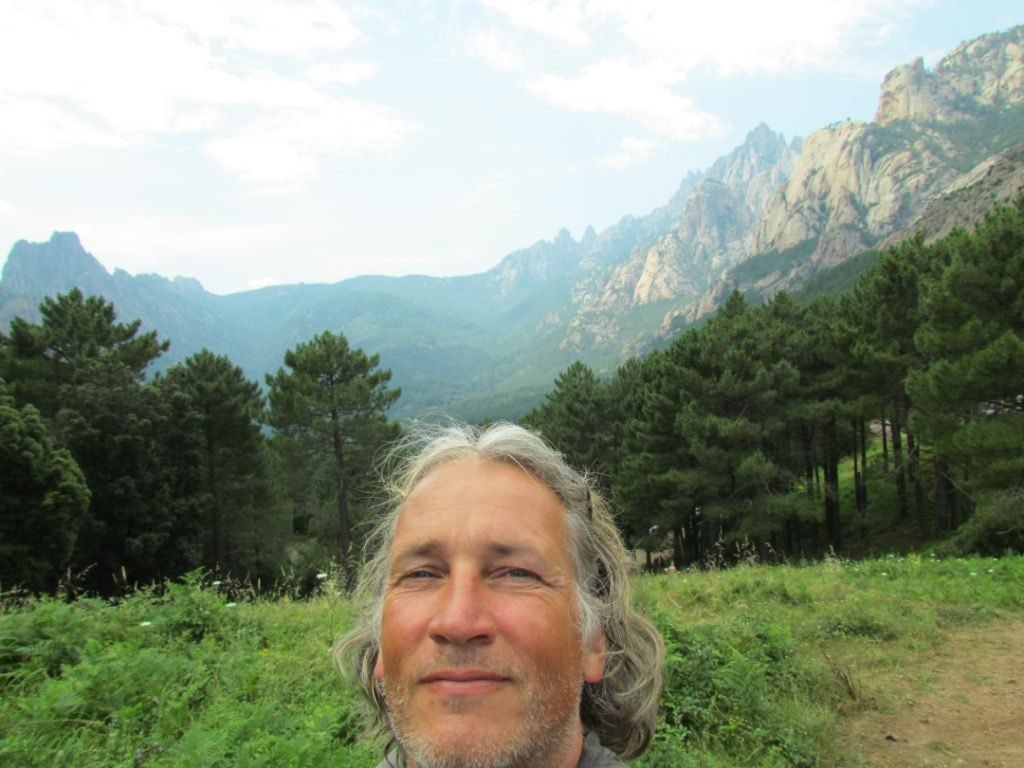

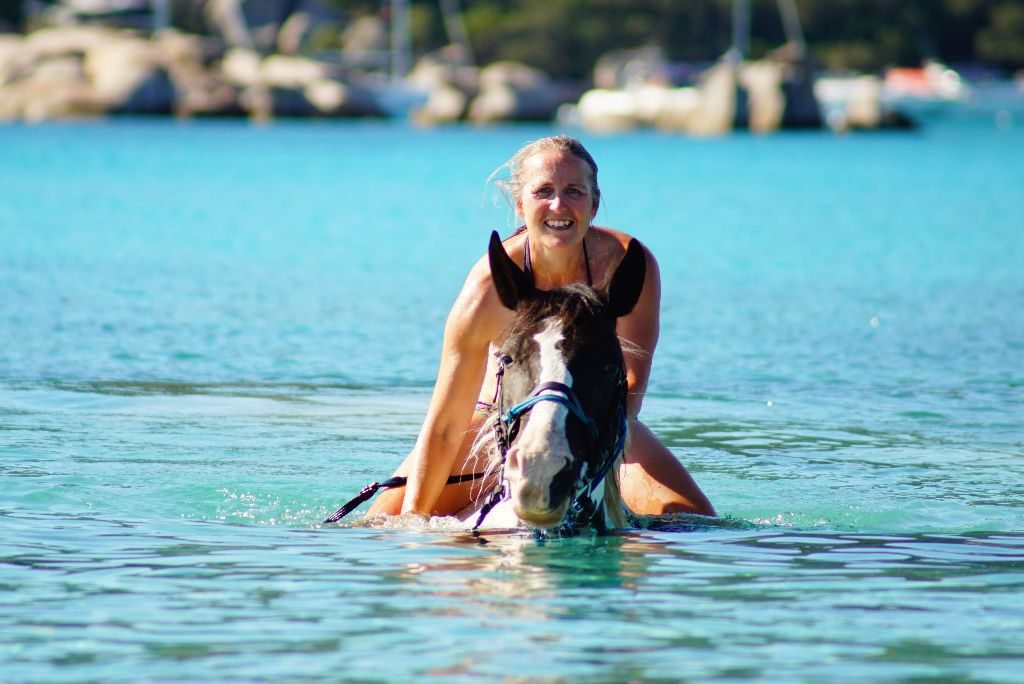


Elba
Following on, a long leg took us from Corsica to Elba, departing in sunshine and arriving to a stormy tempest. But the weather soon settled down and we were able to enjoy the delights of Elba. Its combination of great public transport, well marked hiking trails and history combined to make it an unexpected treasure. In addition, not forgetting the many ice cream flavours to work our way through. Equally important was the compact area that could be easily sailed around if the winds changed direction and we needed to find a new anchorage. Given we were there at the start of high season, we surprisingly had very few problems with crowds. Such an unexpected and pleasant surprise!




North West Italy
From Elba we headed up the Italian coast to our furthest point north in the bay of Le Grazie near La Spezia. Unfortunately, the coastline along the way wasn’t anything special. However we were able to find a reasonably priced mooring up the River Arno near Pisa. This allowed us a few days of being Tourists in Tuscany. We took selfies in front of Pisa’s leaning tower and walked our feet to stumps in Florence. But the highlight for me was peaceful and pretty Lucca with its complete surrounding wall and beautiful medieval buildings.


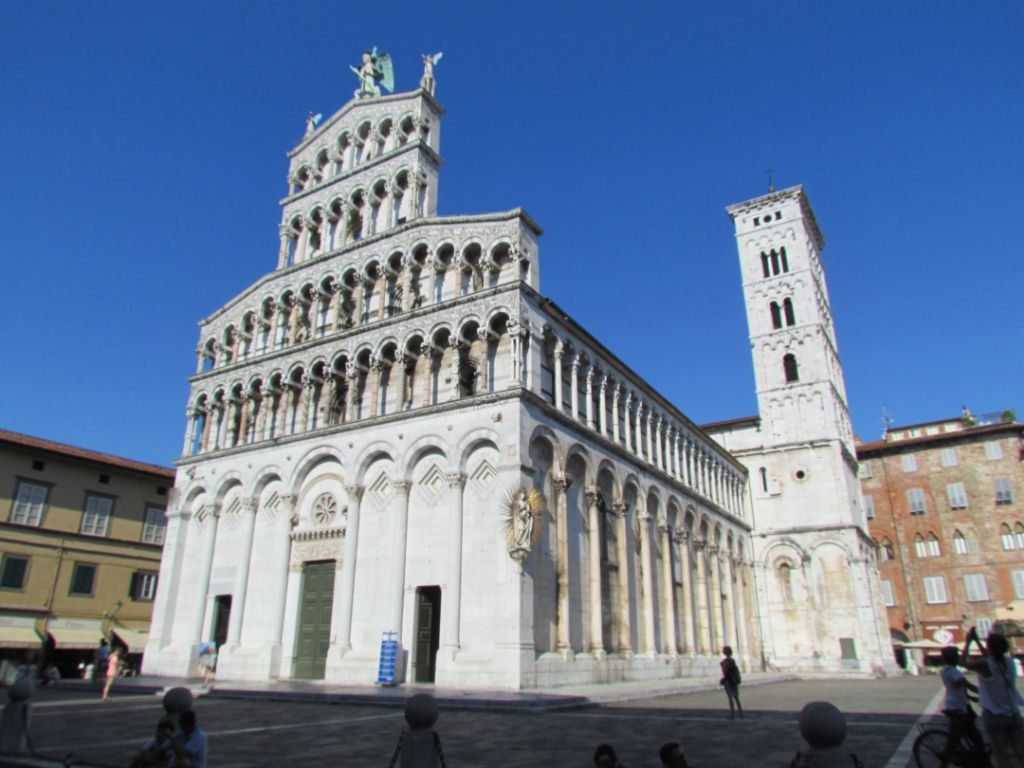





Back to Elba and Corsica
At Le Grazie we did the tourist thing again with a day trip to Cinque Terre. It is an attractive stretch of coastline but it was far too crowded. We pondered a while whether to cross to France from here, but in the end the weather made the decision for us.
Heading back south we returned to Elba to hide out some strong winds before taking a westwards course to northern Corsica. The weather provided enough settled stints to subsequently allow us to spend some good time along the north and east coasts. If I had to pick one place, Corsica would be the highlight of the summer. Although to really get the best experience, a reasonably priced marina would have been perfect to allow us to take some more inland travel.













South to Sardinia’s West Coast
Our weather luck ran out in Sardinia and it was highlighted to us that the season was ticking on. From north west Sardinia southwards, we were either hiding from the wind or running before it. A fortuitous decision saw us ride the leading edge of a mistral to take us across to Sicily. If we hadn’t crossed at that point, we’d have been stuck in unsettled weather for maybe two more weeks. All of a sudden, we also wanted to be tucked up and in for the winter.
So, we made a three night, non-stop passage to Sicily. The first two days were perfect and gave the passage to Sardinia a run for it’s money on whether it would lose it’s “best long passage in the Med” title, but the last day and overnight were wind-less and swelly with thunderstorms rumbling around. We arrived in Marina di Ragusa thirty minutes too late to have stayed dry!



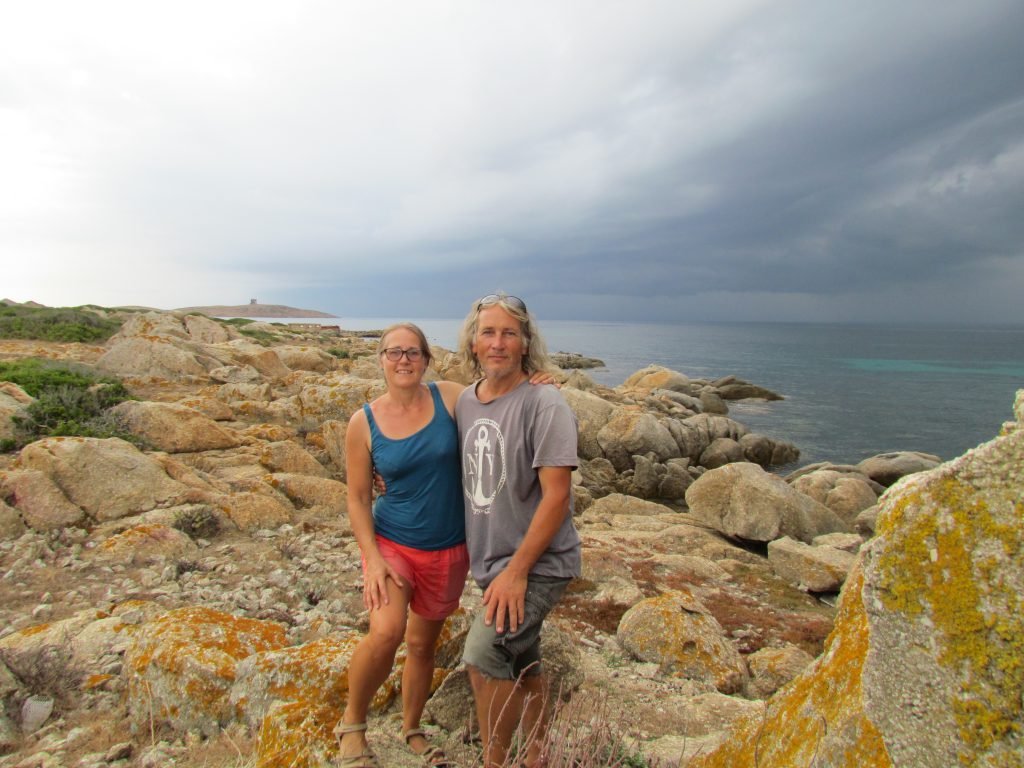
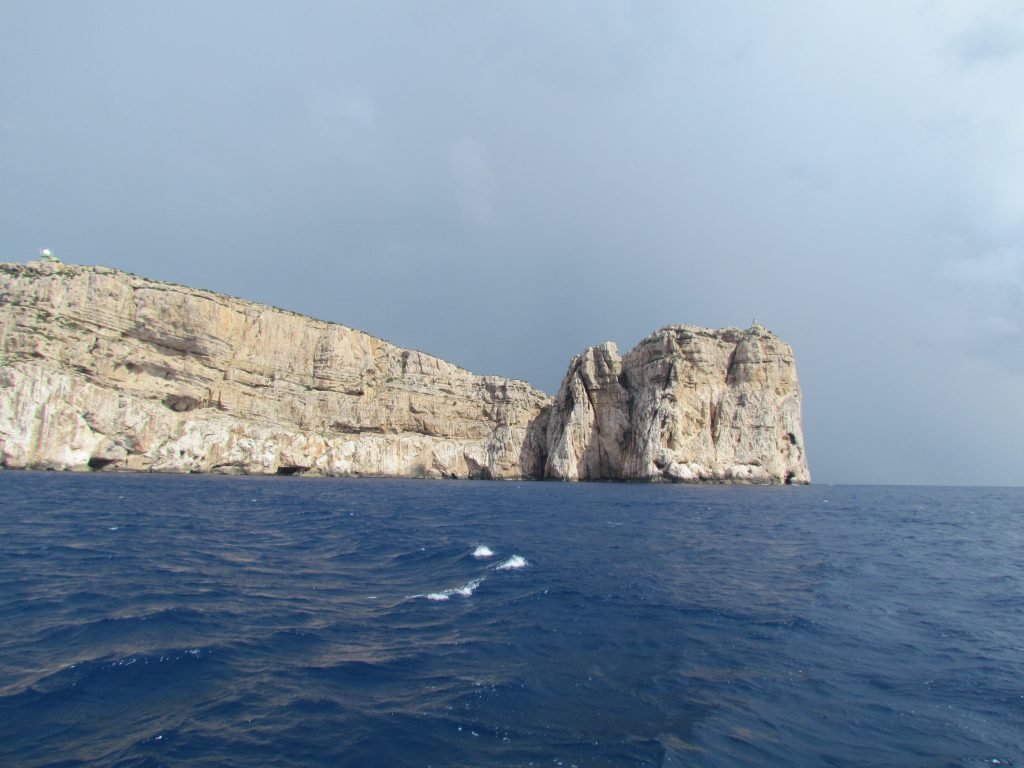


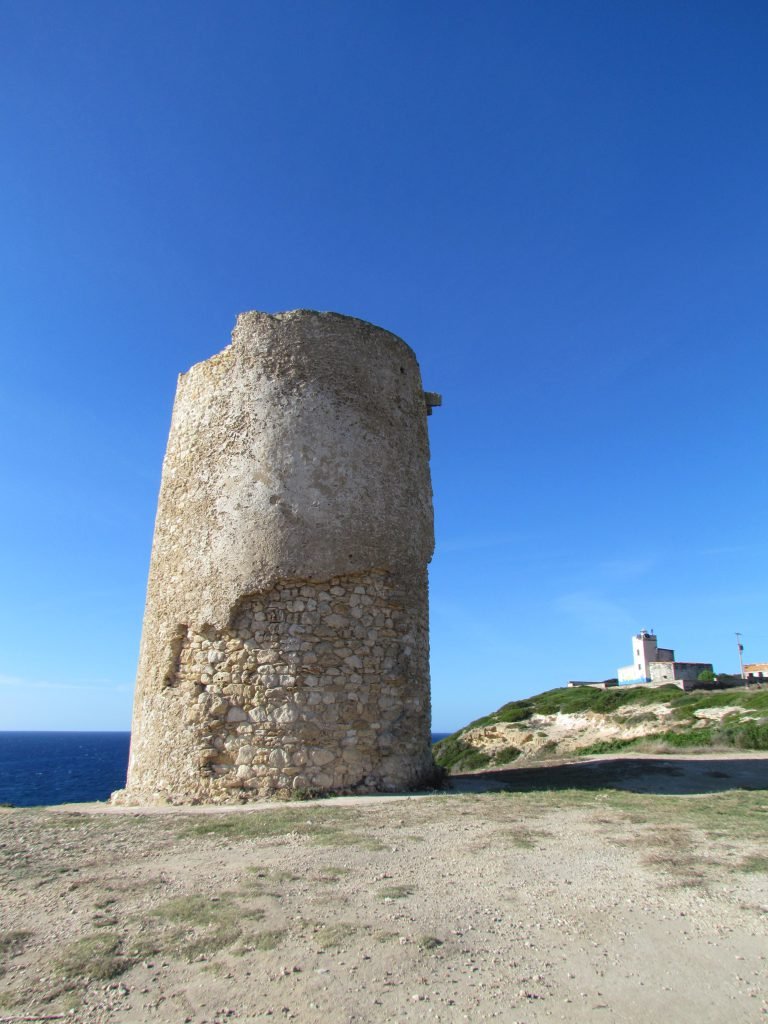

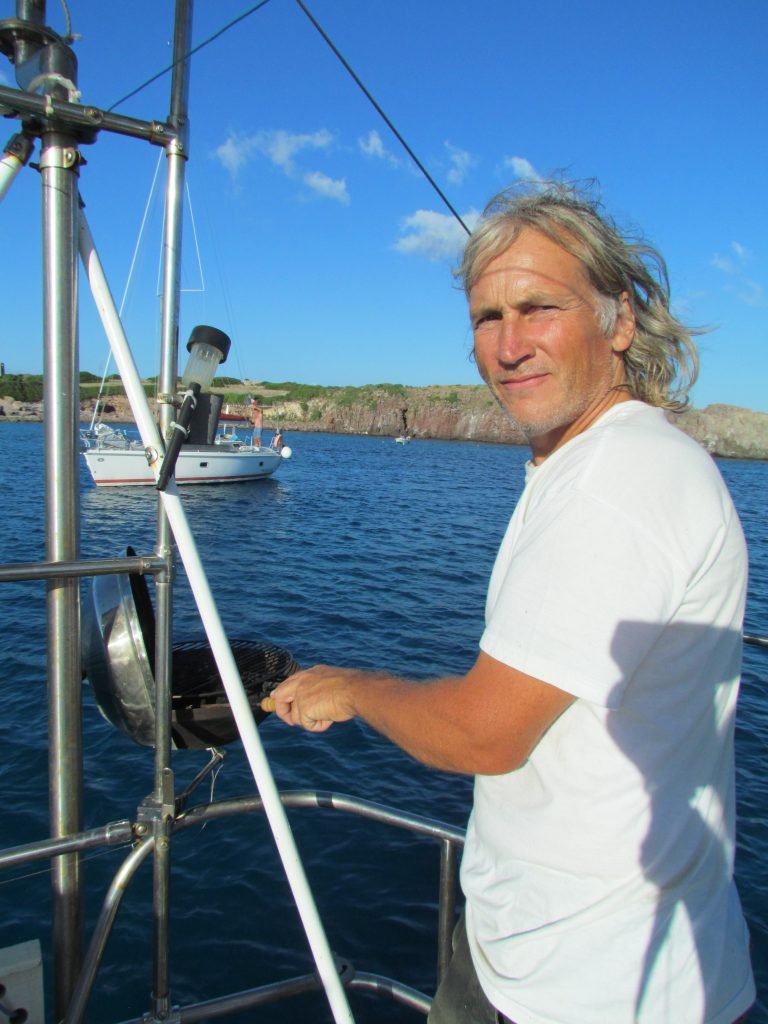
Round Up
Highlights
- Corsica contained many of our highlights:
- Swimming with horses,
- Wild, rugged coastlines,
- Sliding and abseiling down waterfalls,
- Amazing inland scenery and wildlife.
- The two Pink Floyd tribute bands we saw (and a third during the winter in MdR).
- Selfies at the leaning Tower of Pisa.
- Exploring the Maddalena islands when it wasn’t too busy.
- Finding Elba to be reasonably uncrowded even in August.
Low Lights
- The regular stormy weather. Although we have experienced thunderstorms during previous summers in the Med, this year they occurred far more regularly. We had a close encounter when a lightning bolt hit the mast of a boat in the same anchorage as us.
- Crowds in the tourist hot spots.
- The mistral that popped up whilst we were on the west coast of Corsica leaving us on a lee shore in strong winds.
- The Costa Smeralda was a disappointment.
Nights Spent Where
151 nights were passed between start and end, the breakdown of how each night was spent is here:
| Anchor | 122 |
| Mooring ball | 4 |
| Harbour wall | 12 |
| Marina | 6 |
| On passage | 7 |

Countries Visited
We only visited two countries this year – Italy and France, however we counted Corsica and Sardinia as separate entities. We stayed entirely within the continent of Europe.
Breakages
Fortunately, we were lucky this season with only minor issues to resolve. The main bugbear was our watermaker which decided to develop an intermittent problem. It would run for 20 minutes or so then overheat and switch itself off. No amount of coddling would get it to run again that day for more than a few minutes. So we’d try again the next day with the same results.
We had great support from Jim, our Katadyn guru at Mactra Shop in the UK. However, we couldn’t narrow the issue down to anything definitive to do with the watermaker itself. The chief suspect became a cheap hours meter that Colin had installed into the circuit. He took that out and hey presto! the watermaker started working perfectly. However, it’s a good idea to beef up the wiring so that’s on the winter job list.
In addition, minor bits and bobs that broke were:
- The seat on the dinghy storage bag disintegrated. I quickly sewed up a new one using one of many bits of scrap fabric that I find hard to throw away. I knew there’d be a use for them someday.
- The NMEA multiplexer that distributes data between our instrument displays melted. This meant we could no longer see readings such as compass heading and rudder angle. We were able to cobble a solution together but will need to buy a replacement.
New Penguins Added: 2
This is a new category! I have what is probably best described as an inappropriate-for-a-boat penguin collection, made of glass or pottery. Yes, on a boat. Every time we head to sea I tuck them under the duvet on the bed; when we arrive I put them back on display atop a cabinet in the aft cabin. It’s a labour of love.
I’ve collected them from well before we moved aboard and just can’t help adding new ones when I come across them.

2018 Costs
To recap, last year we published a rough breakdown of our spending. Perhaps it will help any of you thinking of following this lifestyle (to read that blog, click here). For those that don’t know us here’s a bit of background: we’re both British so costs have been converted to £ as this is what ultimately comes out of our bank accounts. We’re early 50s/late 40s age group and live aboard Emerald full time. We aim to keep our boat costs down by doing as many of the maintenance and repairs jobs as we are capable of doing. We also believe it’s useful to know your boat as well as you can. You never know when something is going to break down and you could be a long way from the nearest repair person.
Total outgoings were very similar to last year’s, suggesting we may now have found our groove. Without any major damage or breakages to resolve, there was a slight shift in funds from spending on the boat to spending on fun. That sounds like a positive shift to have made!
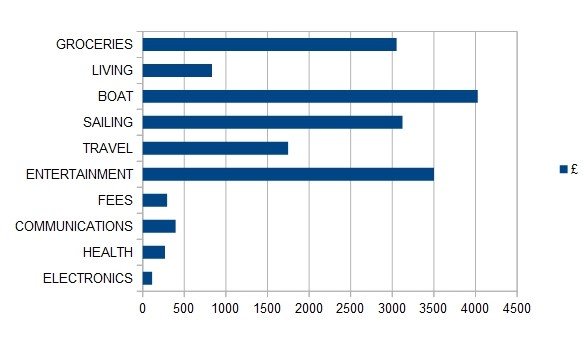
Groceries £3050
As we headed north, the cost of groceries increased slightly, particularly on Corsica and Elba. The increase could also be accounted for by the vast quantities of French cheese we bought whilst in Corsica.
Living £830
These are our everyday costs – gas, electric fees when in marinas, toiletries, household products and general consumables. I’ve also bundled clothes and shoes into this group.
Our gas costs fell again, spending only £43 for the year. This may be helped by having ‘invested’ in a travel kettle that runs from solar to keep gas use down. We also predominantly cooked on electric during the winter as it was included in our mooring fee.
Boat £4000
Boat costs decreased this year with fewer breakages and having completed most of the major boat improvement jobs. We’re reaching that heady point where the job list contains nice to haves rather than essential to do items.
The largest single expense (£1000) was the replacement of the house bank of batteries in March. The previous batch had lasted around 5 years and we replaced them with the same brand and type of battery but with an increase of capacity now that we have more solar output. Slightly smaller jobs included:
- Replacement of upper guard wires forward of the cockpit with stainless bar. This means the whole boat now has stainless bar around the outside.
Maintenance costs were halved over last year’s, however we had built up a stock of spares which we are now working our way through.
Sailing £3000
Marina fees account for the bulk of this category at £1800, most of this being accounted for by our winter marina fees.
During the summer season we paid for the following berths:
- Arbatax – E25 per night at the end of May so still within low season
- Maddalena Islands – E57 for a one week permit
- River Arno marina near Pisa – E45 per day in August
- Asinara Islands buoy – E40 per day
Diesel was £800, higher this season as the price per litre was more here than last season in Greece. We try to keep costs down by avoiding marina fuel stations where at one location in Sardinia it was E2 a litre. Instead we take our cans ashore and fill at roadside stations where we usually pay at least 30c less per litre than in the marinas.
Petrol was £80 with the same issue as diesel, although it’s much easier to carry a full 5l petrol can from a roadside station than it is a 20l diesel can.
Travel £1750
A little less than last year, but then flights between Italy and the UK were cheaper than between Crete (our previous winter location) and the UK.
We did a lot of fun travel through the year with a winter trip to Naples, car hire in Sardinia and Corsica and also train travel in Italy. During the summer we were close to the tourist hot spots of Pisa and Florence, so took the opportunity to visit, despite it being the height of summer and rather crowded.
Entertainment £3500
Oops! Looks like we had a bit more fun in 2018 than 2017 with an increase of £500. It’s probably best that I don’t share how much is spent on alcohol….. However, being in Greece and Turkey in 2017 meant we were enjoying low prices for eating and drinking out. Prices were notably higher during 2018’s travels as we often found ourselves in tourist spots with beer at E5 a glass.
Health
This is going to be a very personal category for people. For us, health fees were much reduced this year as I have now whittled a set of wooden teeth for Colin.
As we remained solely within Europe, we didn’t take out any health insurance.
Communications £400
These costs are very similar to last year’s. The removal of roaming fees from our UK Vodafone phone contracts has had a positive effect on our costs and data fees are much lower in Italy than Greece.
We used a TIM and Italian WIND data SIM for the whole season; TIM costs us E11 per month for 30GB of data (4GB roaming) and the WIND SIM cost E9 a month for 20GB of data (the whole amount was available for roaming although that has since reduced to only 3GB being available outside Italy).
The Social Media Bit: Want to Follow Us?
If you’d like to follow us on other social media platforms (Facebook, Instagram and YouTube), you can do so by using these links:
Or use the link below to track our voyage on NoForeignLand.com.
And finally, you can sign up to receive email notifications of new blogs using the subscribe box at the bottom of this page.
Thank you from Nichola & Colin



Great recap and fabulous photos! I especially like the penguins 🙂
Thank you! I’ve been thinking how to introduce my penguin collection for a while